With the level of religiosity breaching the 90% mark as per the latest World Value Survey, India today is in the select club of highly religious nations. At this point of time, many scholars have warned about the dangers of religious illiteracy among staunch religious followers especially in multi-faith societies where misunderstanding and ignorance can escalate into hostility, abuse and violence, and hinder cooperative endeavours in all arenas of human experience.
This book studies the inextricable relation between religion and religiosity across space, time and persona. With these concerns, the authors emphasise empirical externalities of religion by observing the evolution of religious spaces and changing character of religious festivals over time. Findings from the empirical data justify the use of economic variables to understand religion and the changing demographics of religious pluralism. The analysis of religious and caste organizations throws light on how they have responded to the changing character of sacred time due to the economic shifts. In contrast to the ideas about spiritual gurus of old like hermits living in mountains, or bearded sages living in remote ashrams, this book shows the role of technology- powered godmen and women, some of whom have become India’s most influential and powerful figures. No matter how deeply held our beliefs may be today about perpetuity of religion, they are likely in time to be transformed, or simply fade away.
The book raises many questions for social scientific research on religion. If religions have changed dramatically in the past, how might they change in the future? Is there any substance in the claim that belief in gods will die out altogether? As our civilisation and its technologies become increasingly complex, could entirely new forms of worship and celebration of festivals emerge?
This book should interest scholars of philosophy, theology, religions, and social sciences. Book detail

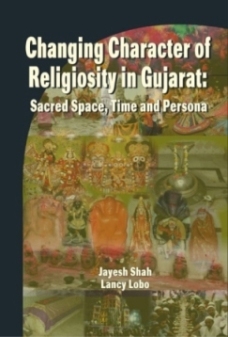
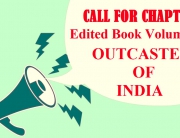
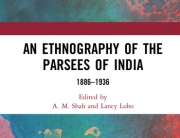
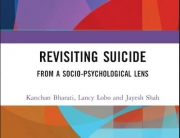

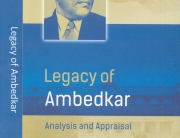
Add Comment